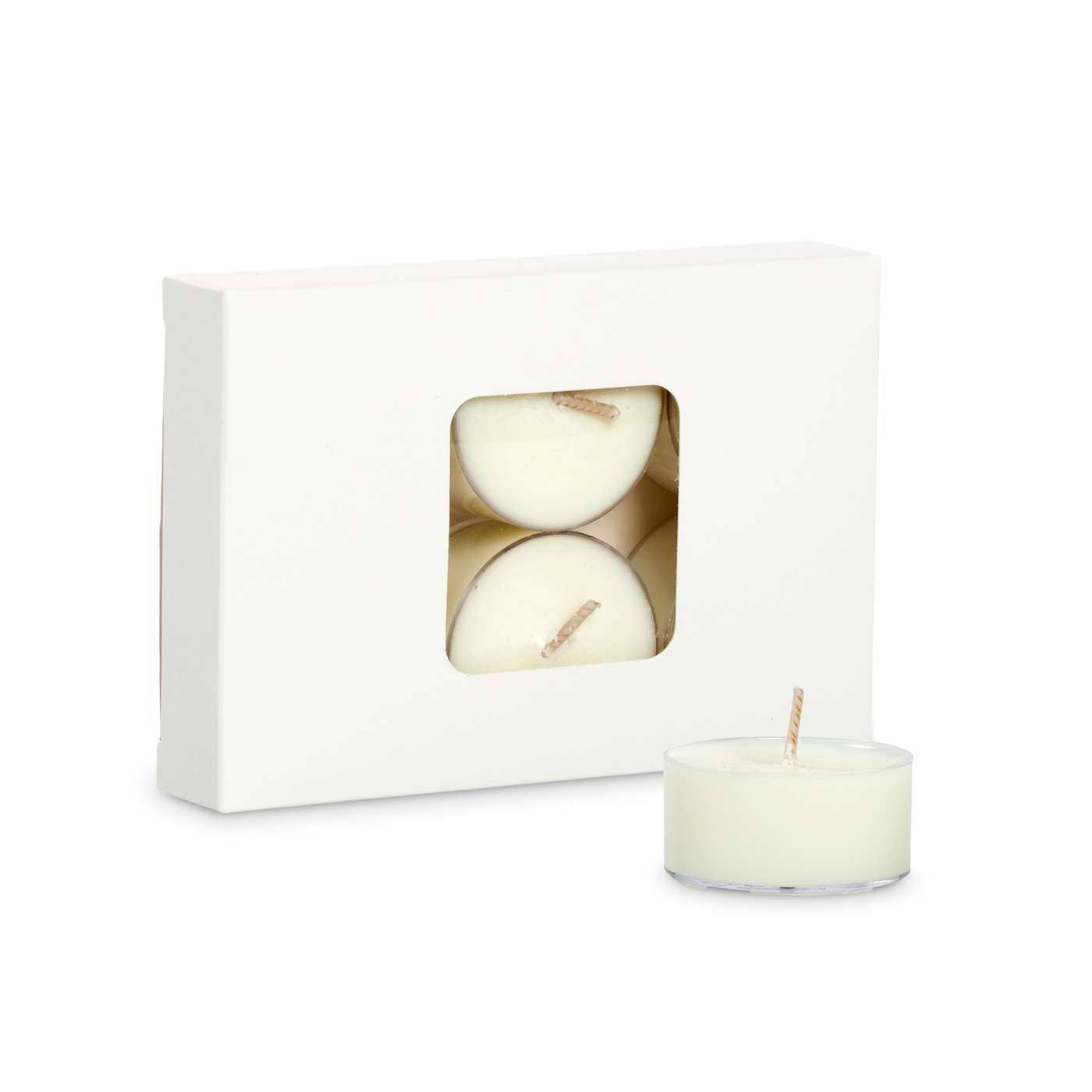Instill Your Home with the Fragrance of Crystal Soy Candles and Home Fragrance
Instill Your Home with the Fragrance of Crystal Soy Candles and Home Fragrance
Blog Article
From Wick to Wax: Recognizing the Chemistry Behind Soy Wax Candles and Their Environmental Influence
As we brighten our spaces with the warm radiance of candle lights, there lies a realm of complex chemistry behind the relatively basic act of lighting a soy wax candle. Join us as we decipher the scientific complexities behind soy wax candles and discover their effects on our environment.
Soy Wax Vs. Paraffin Wax
When comparing soy wax and paraffin wax for candle light production, it is important to comprehend the distinctive characteristics and benefits of each material. Soy wax is a natural, renewable energy originated from soybean oil, making it eco-friendly and biodegradable - crystal soy candles. In comparison, paraffin wax is a result of oil refining, which raises concerns about its environmental influence and sustainability
Soy wax candle lights melt cleaner and emit less residue contrasted to paraffin wax candle lights, making them a much healthier selection for interior air high quality. In addition, soy wax has a reduced melting factor, permitting a longer-lasting candle that distributes fragrance much more efficiently. Paraffin wax, on the other hand, tends to melt faster and much less easily, potentially releasing dangerous chemicals into the air.
From a sustainability point of view, soy wax is preferred for its biodegradability and sustainable sourcing, straightening with the growing consumer preference for ecologically mindful products. While paraffin wax has actually been a typical selection in candle making because of its affordability and convenience of usage, the shift in the direction of eco-friendly alternatives like soy wax is obtaining momentum in the industry.
Chemical Make-up of Soy Wax

Combustion Process in Soy Candles
The chemical structure of soy wax directly influences the burning process in soy candle lights, affecting factors such as shed time, fragrance launch, and ecological influence. When a soy candle light is lit, the warm from the fire melts the wax near the wick.
The combustion effectiveness of soy candle lights is affected by the pureness of the soy wax and the quality of the wick. Additionally, soy wax candle lights have a lower ecological impact compared to paraffin candles due to their eco-friendly and naturally degradable nature.

Environmental Advantages of Soy Wax

Thought about a lasting alternative to typical paraffin wax, soy wax provides significant ecological advantages that make it a prominent option among eco-conscious consumers. One considerable advantage of soy wax is its renewable sourcing. Soy wax is originated from soybean oil, which is predominantly cultivated in the USA. The farming of soybeans aids sustain regional farmers and decreases the dependency on non-renewable fossil fuels made use of in paraffin wax manufacturing. In addition, official website soy wax is eco-friendly, meaning it breaks down naturally without releasing damaging toxic substances into the environment. This characteristic makes soy wax candles an extra eco friendly option contrasted to paraffin wax candles, which are made from petroleum, a non-renewable source. Soy wax burns cleaner and creates less residue than paraffin wax, adding to much better indoor air quality and lowering the requirement for cleaning and upkeep. Overall, the ecological benefits of soy wax align with the expanding need for environmentally friendly and sustainable items in the marketplace.
Recycling and Disposal Factors To Consider
Recycling and proper disposal of soy wax candles play an important function in maintaining environmental sustainability and decreasing waste in homes and areas. When it comes to reusing soy wax candles, the initial action is to make certain that the candle light has actually shed totally.

In terms of disposal, if recycling is not a choice, soy wax candles are biodegradable and can be securely taken care of in the majority of house waste systems. Nonetheless, it is always recommended to get in touch with neighborhood reusing facilities or waste management solutions for details standards on candle disposal to ensure proper handling and environmental management.
Verdict
In verdict, the chemistry behind soy wax candles exposes their ecological benefits over paraffin wax candles. Soy wax, acquired from soybean oil, burns cleaner and generates less residue you could try these out when contrasted to paraffin wax.
When comparing soy wax and paraffin wax for candle light production, it is vital to recognize this the distinct qualities and advantages of each material (soy candles).Soy wax candles shed cleaner and produce less residue contrasted to paraffin wax candles, making them a healthier option for interior air quality.Considered a sustainable alternative to typical paraffin wax, soy wax supplies significant ecological benefits that make it a preferred selection amongst eco-conscious consumers. Soy wax burns cleaner and produces less soot than paraffin wax, contributing to better indoor air quality and decreasing the requirement for cleansing and maintenance.In final thought, the chemistry behind soy wax candles exposes their environmental advantages over paraffin wax candles
Report this page